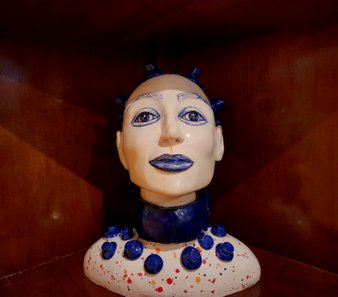The value of Traditional Art in ceramic sculpture versus Virtual Art
11/22/20241 min read


Introduction to Traditional Art in Ceramic Sculpture
Handmade ceramic sculpture represents one of the most authentic forms of artistic expression. In many cultures, ceramics are not only a medium of beauty, but also a representation of a community's history and traditions. This type of art stands out for its manual process, where each piece is unique, reflecting the skill and creativity of the artisan. In a world dominated by large corporations and mass production, traditional art retains an invaluable value.
The Evolution of Virtual Art in the Global Economy
As technology advances, virtual art has taken a prominent place in contemporary culture. Companies use digital tools to create works that can be shared and marketed more efficiently. However, this innovation raises questions about the value and authenticity of art. Unlike handmade ceramic sculpture, digital art can lack the emotional connection that accompanies a tangible piece created by an individual. This contrast raises deep reflection on the future of art in an economy dominated by large institutions.
Comparison: Tradition vs. Modernity
Traditional art, such as ceramic sculpture, emphasizes patience, dedication, and connection to the material. Each work tells a story, whether about its creator, the culture it comes from, or the methods used to make it. On the other hand, virtual art, while innovative and accessible, can often feel cold and distant. In a time when consumerism and uniformity seem to predominate, it is essential to value the effort behind each handmade piece, as well as the cultural diversity it represents. With the rise of digitalization, it is essential not to forget the roots of art. Handmade ceramic sculpture is a testament to the mastery and tradition that connects us to our cultural heritage. The key is to find a balance between the appreciation of traditional art and the inclusion of new forms of artistic expression in a global context. By recognizing the intrinsic value of both worlds, we can foster a greater appreciation of art in all its forms and ensure that future generations continue to enjoy these traditions and innovations
